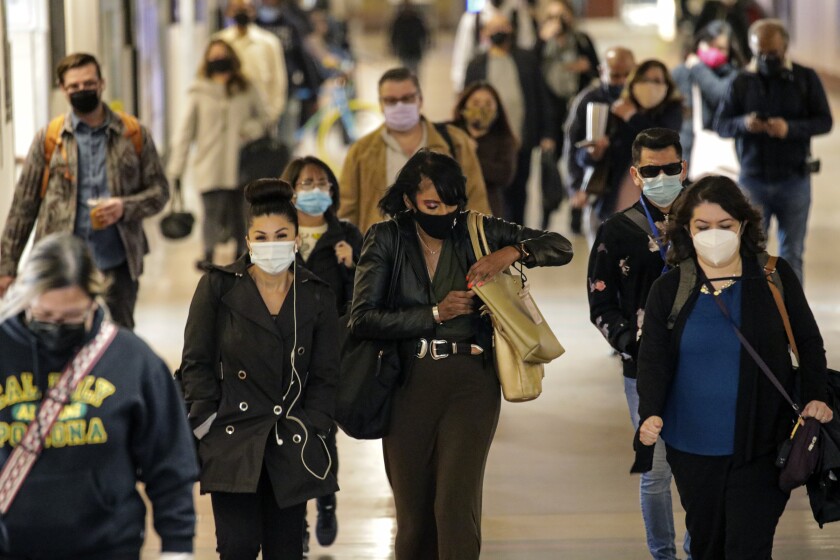Hello! Welcome to week 11’s theme of the one and only Covid-19! The Covid-19 pandemic has certainly significantly changed the way that many of us have been living and it’s definitely changed our natural environment as well.
Firstly, in a bid to manage the spread of the virus, face masks have been mandated by various states to be worn by their citizens. Right here in Singapore, the state has been mandating the usage of face masks in public spaces since April 2020 (Ang and Phua, 2020). However, these masks are often made up of polypropylene and other forms of plastics or microplastics, adding these materials to the landfill when disposed by their users (Akber et al., 2020). Further studies done by Klemeš et al., (2020) suggests that a mask production consumes about 10-30 Wh energy and produces 59 g of carbon equivalent emissions into the atmosphere. As such, the huge increase in the usage and subsequent demand for face masks have placed a tremendous amount of pressure on the environment via carbon emissions and land waste.
While the collected mask wastes are often brought to the landfill and discarded (Selvaranjan et al., 2021), not all used face masks make it to the incineration plant. For improperly disposed face masks, they may end up in water bodies (Figure 1) where marine animals may get entangled, leading to their deaths . Furthermore, the fragmentation of the macro plastics in the mask could occur due to factors such as weathering, corrosion or aquatic immersion which forms the secondary micro plastics (Yang et al., 2020). When the marine animals ingest these secondary micro plastics, this could cause a bioaccumulation of dioxins within the marine ecosystem as the dioxins are passed through the food chain, causing even more harm to the marine animals and humans that consume these animals for food.

Figure 1.
As such, just the simple mandate of wearing face masks during the pandemic has brought about a significant change in the environment, where carbon emissions from the production of face masks have increased significantly and a new source of microplastics pollution has emerged as well.
References
Akber Abbasi, S., Khalil, A.B. & Arslan, M. (2020) ‘Extensive use of face masks during COVID-19 pandemic: (micro-)plastic pollution and potential health concerns in the Arabian Peninsula’, Saudi Journal of Biological Sciences, 27, 3181–3186.
Ang, H.M. & Phua, R. (2020) ‘COVID-19: Compulsory to wear mask when leaving the house, says Lawrence Wong’, CNA. Available at: https://www.channelnewsasia.com/singapore/covid19-wearing-masks-compulsory-lawrence-wong-763956 (accessed March 2022).
Klemeš, J.J., Fan, Y.V. & Jiang, P. (2020) ‘The energy and environmental footprints of COVID-19 fighting measures – PPE, disinfection, supply chains’, Energy, 211, 118701.
Selvaranjan, K., Navaratnam, S., Rajeev, P. & Ravintherakumaran, N. (2021) ‘Environmental challenges induced by extensive use of face masks during COVID-19: A review and potential solutions’, Environmental Challenges, 3, 100039.
Yang, Y., Liu, W., Zhang, Z., Grossart, H.-P. & Gadd, G.M. (2020) ‘Microplastics provide new microbial niches in aquatic environments’, Applied Microbiology and Biotechnology, 104, 6501–6511.
